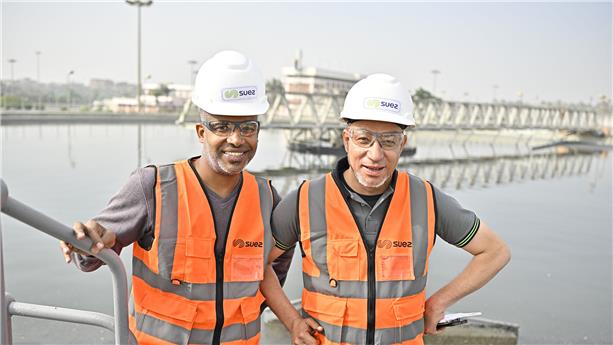The Pau Béarn Pyrénées Agglomeration is supported by the scientific and technical expertise of SUEZ and its partners to continue its adaptation to climate change. Wastewater is a major element in the ecological dynamics of this region, which will benefit within two years from two global—technical and technological—firsts aimed at increasing biomethane production. Our teams and consortium partners are proud to support the environmental ambition of the Pau Béarn Pyrénées agglomeration.
Maximilien Pellegrini
,
CEO Water France
